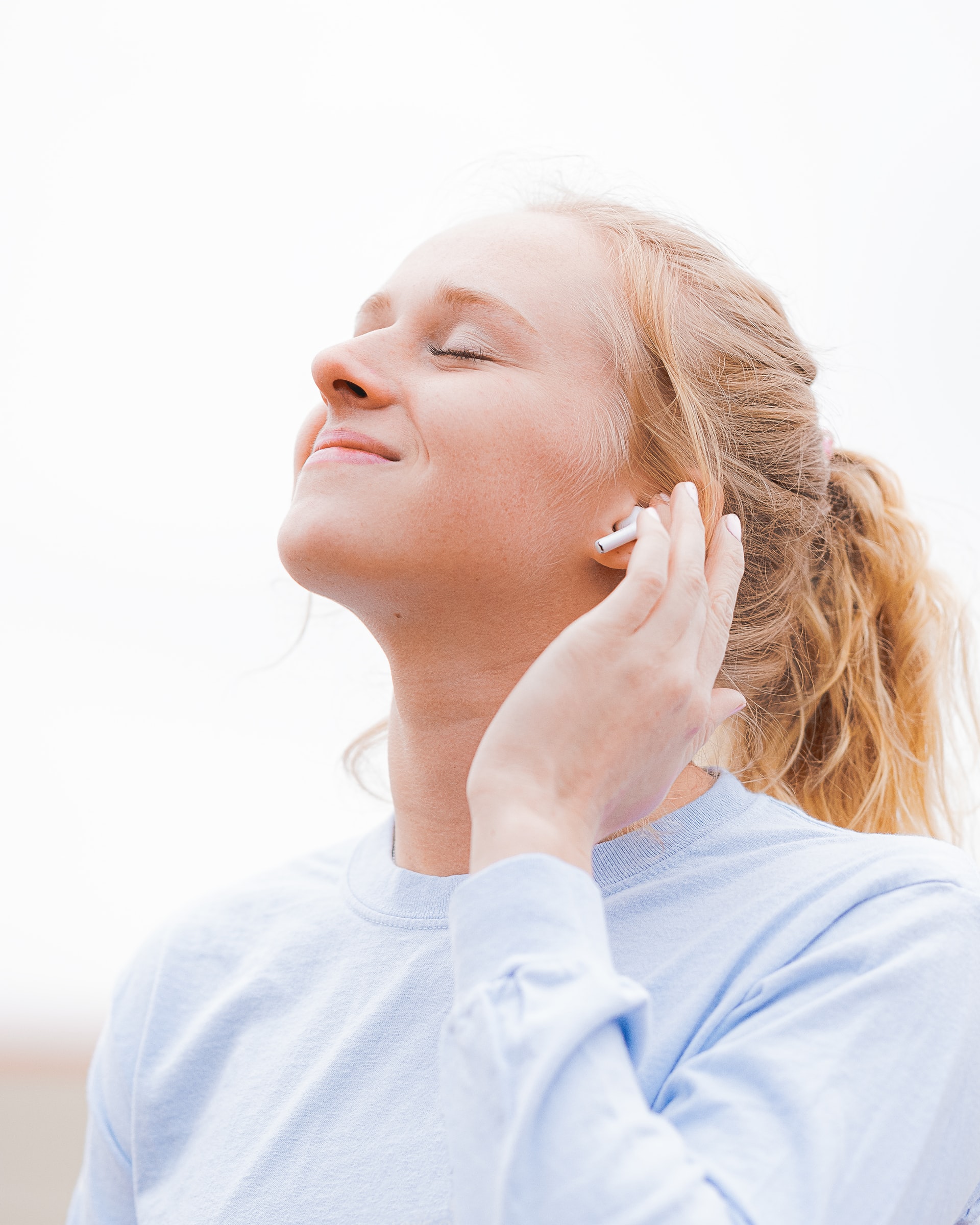
I’ve always loved music.
I played multiple instruments from the age of eight until I graduated from the United States Naval Academy. The radio and the few cassettes and CDs I owned growing up were my constant companions.
Music energized me and I allowed myself to sing along like I was going to be a contestant on the next televised talent show. Over time, those cassettes and CDs became MP3s, but the impact on my never changed.
The Day My World Changed
In 2003 I was the victim of rape. The proper term is Military Sexual Assault since I was still on active duty at the time. My world was fundamentally changed. And with that change came a new problem – Post Traumatic Stress Disorder (PTSD).
At one point, despite three or four therapists, I needed to attend a week-long outpatient treatment at the nearby military hospital where we were introduced to a number of different therapies. That’s where I rediscovered the power of music.
While music had always moved me to feeling good about the world, now that I had anxiety and depression, I didn’t know how to feel good anymore. I didn’t know how to get out of my own head. My military training told me to “suck it up, buttercup” and move on.
That was nearly impossible.
The Power in the Music
What I discovered that week was the power of playlists. Not just any playlists but ones specific to the emotion I felt. I had playlist for when I was angry, sad/depressed, anxious, needed motivation or just to dance.
The power of these playlists is that they allowed me to feel the emotion wrapped up in my perfectly curated list of songs. I had a release. I could feel. Numbness would have no place in my life.
Though it took many years for an official PTSD diagnosis, I kept the playlists and added to them over time. Creating these playlists is still my number one tip when people ask me how I manage each day.
Why it Works
The reason it was so powerful is because it gave me the chance to let it all out. I didn’t have to worry about judgement or feeling silly. Whatever the emotion, I put on the playlist. And many times, I listened to them long into the night because I couldn’t sleep (another fun side effect of PTSD).
I think music touches us deep in our souls. It reaches into places sometimes that we have long cut off from the rest of the world. The music touches us so deeply that, if we allow it, we can get lost in it. That’s a good thing!
I believe it also kickstarts the healing process. When you don’t have to keep your emotions bottled up and have a proper outlet, you can begin to heal from trauma so much faster. It’s not instant, but it’s a good start.
These days the playlists look a little different. They mostly exist to hype me up or start a dance party in the car. But the purpose is still the same – allowing me to feel and sit with my emotions. Dance breaks are still a regular occurrence in my house. I even have satellite radio so I can relieve my favorite pop party songs from the 90s. Hey, we all need a hobby!
In the End
By combining music with therapy and church attendance, I was able to get a proper hold of my PTSD. In the process I was able to help other people with tools and resources I learned along the way.
The bottom line is we have emotions for a reason, and they are not meant to be stuffed down forever because someone told us it wasn’t okay to feel. Let your emotions rise but not control you. Let the music give you a constructive way of handling your emotions and use that along with other tools and resources to keep yourself emotionally and spiritually sound.


